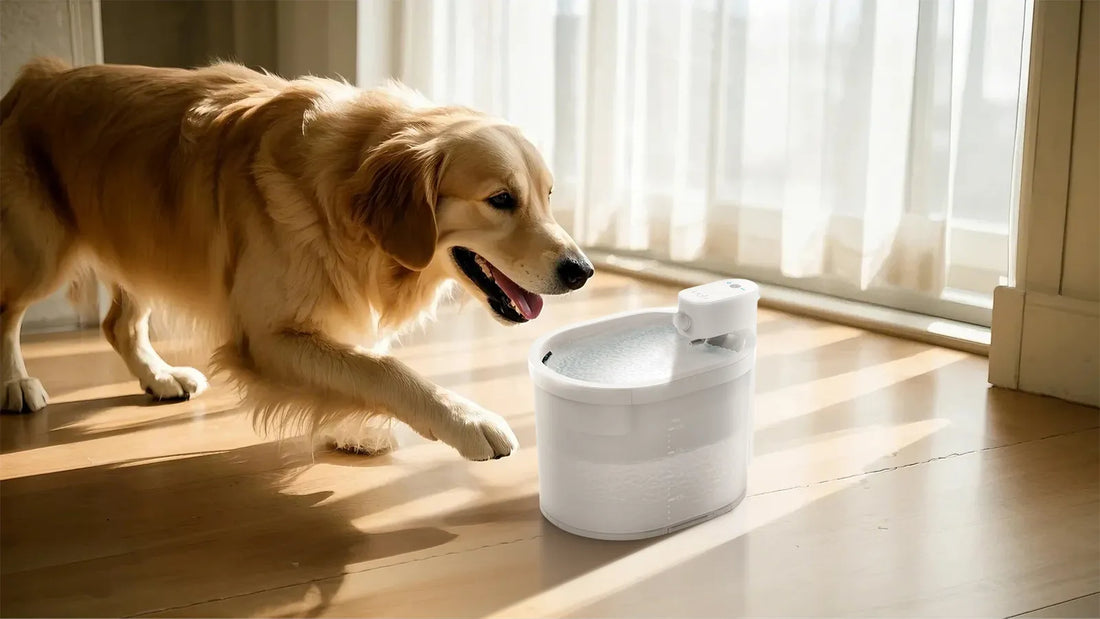Cleaning up dog diarrhea is one of the most unpleasant tasks any pet owner can face. However, it’s an inevitable part of caring for your furry friend. Whether it’s on your carpet, hardwood floor, or outdoor space, knowing how to handle the situation properly can save you time, effort, and stress. This guide will walk you through the process of cleaning up dog diarrhea efficiently while maintaining a safe and hygienic environment.
Understanding the Causes of Dog Diarrhea
Before diving into the cleanup process, it’s important to understand why your dog might be experiencing diarrhea. Common causes include dietary changes, food allergies, infections, stress, or underlying health conditions. Identifying the root cause can help you prevent future incidents and ensure your dog’s well-being. If diarrhea persists or is accompanied by other symptoms like vomiting or lethargy, consult a veterinarian immediately.
Gather the Right Cleaning Supplies
Having the right tools on hand can make the cleanup process much easier. Here’s a list of essential supplies you’ll need:
- Disposable gloves
- Paper towels or old cloths
- Plastic bags for waste disposal
- Mild detergent or pet-safe cleaner
- Disinfectant or enzymatic cleaner
- Baking soda or vinegar (for natural cleaning)
- Scrub brush or sponge
Step-by-Step Cleanup Process
Step 1: Protect Yourself
Always wear disposable gloves to avoid direct contact with the waste. This not only protects you from bacteria but also makes the cleanup process more hygienic.
Step 2: Remove Solid Waste
Use a paper towel or old cloth to carefully pick up any solid waste. Dispose of it in a plastic bag and seal it tightly before throwing it away.
Step 3: Blot the Area
Gently blot the affected area with paper towels or a clean cloth to absorb as much liquid as possible. Avoid rubbing, as this can spread the mess and push it deeper into surfaces like carpets or upholstery.
Step 4: Apply a Cleaning Solution
For hard surfaces, use a mild detergent or pet-safe cleaner to wipe the area. For carpets or fabrics, an enzymatic cleaner is highly effective as it breaks down organic matter and eliminates odors. Alternatively, a mixture of baking soda and vinegar can be used for natural cleaning.
Step 5: Disinfect the Area
After cleaning, apply a disinfectant to kill any remaining bacteria. Ensure the product is safe for the surface you’re cleaning and follow the manufacturer’s instructions.
Step 6: Rinse and Dry
Rinse the area with clean water to remove any residue from the cleaning solution. Blot it dry with a clean towel or allow it to air dry completely.
Preventing Future Incidents
While accidents happen, there are steps you can take to minimize the chances of your dog experiencing diarrhea:
- Maintain a consistent diet and avoid sudden changes in food.
- Ensure your dog has access to clean water at all times.
- Keep harmful substances like chemicals, plants, and human food out of reach.
- Regularly deworm your dog and keep up with vaccinations.
- Monitor your dog’s stress levels and provide a calm environment.
When to Seek Veterinary Help
Occasional diarrhea is common in dogs, but persistent or severe cases may indicate a serious health issue. Contact your veterinarian if you notice:
- Blood or mucus in the stool
- Diarrhea lasting more than 24 hours
- Signs of dehydration, such as lethargy or dry gums
- Vomiting or loss of appetite
- Unusual behavior or discomfort
Cleaning up dog diarrhea may not be the most glamorous part of pet ownership, but it’s a necessary one. By following these steps, you can handle the situation with confidence and ensure a clean, safe environment for both you and your dog. Remember, prevention and prompt action are key to keeping your furry friend healthy and happy.













